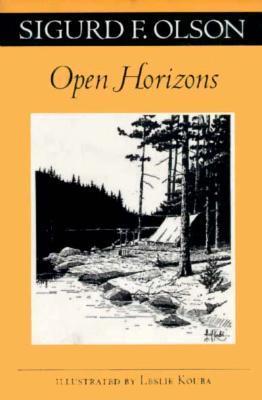
A Clearing in the Distance: Frederick Law Olmsted and America in the 19th Century
Book Description
Amid the chaos of 19th-century America, one visionary dared to dream of transforming the nation’s landscapes. Frederick Law Olmsted, a pioneer of landscape architecture, battled societal norms, financial obstacles, and his own inner demons as he fought to create breathtaking public spaces. His revolutionary designs would reshape urban life and redefine the relationship between nature and civilization. Each green space he crafted became a sanctuary, inviting people to escape the encroaching urban sprawl. Can one man's vision change the fabric of a nation, leaving a legacy that echoes through the ages?
Quick Book Summary
A Clearing in the Distance by Witold Rybczynski is a compelling biography of Frederick Law Olmsted, the visionary who defined the field of landscape architecture in 19th-century America. The book traces Olmsted’s transformation from a restless youth dabbling in journalism, agriculture, and management to the creative force behind public spaces like Central Park and the Boston Emerald Necklace. Rybczynski explores the turbulent context of rapid urbanization and industrial change, revealing how Olmsted's designs reflected democratic ideals and a deep belief in the restorative power of nature. Through battles with bureaucrats, personal loss, and professional setbacks, Olmsted helped shape the relationship between environment and society, leaving an enduring legacy on American cities and attitudes toward public spaces.
Summary of Key Ideas
Table of Contents
The Evolution of Landscape Architecture
Witold Rybczynski starts by painting a vivid picture of Frederick Law Olmsted’s early life, highlighting his restlessness and breadth of interests. From farming to journalism and managing gold mines in California, Olmsted gained a wide array of experiences that informed his later work. The Civil War era's turbulence and the rapid urbanization of American cities pushed Olmsted to consider how landscape could stabilize and enrich public life. With the success of his partnership with Calvert Vaux on Central Park, Olmsted found his true calling in designing parks that combined beauty, utility, and accessibility.
Public Parks as Social Equalizers
Rybczynski examines how Olmsted’s vision for public spaces was rooted in a belief in social equality. He saw parks as essential infrastructure, not luxuries reserved for the elite. His designs offered open, democratic spaces where all could mingle, reflecting ideals of fairness and integration. Olmsted’s work on projects such as Prospect Park, the Boston park system, and the grounds of the U.S. Capitol illustrated a commitment to creating places that encouraged engagement and offered respite from the grinding pace of modern urban life.
Olmsted’s Personal and Professional Challenges
Despite his remarkable influence, Olmsted’s journey was fraught with personal and professional challenges. Ill health, family tragedies, and frequent conflicts with city officials and clients marked his career. Rybczynski delves into Olmsted’s personality, revealing a figure dogged by doubt but driven by conviction. Often at odds with political powers or stifled by financial constraints, Olmsted nonetheless persisted, refining both his approach to landscape design and his role as an advocate for public space.
The Intersection of Nature, Urbanism, and Democracy
Olmsted’s designs were both artistic and functional, blending naturalistic scenery with the practical needs of growing cities. He believed that carefully designed green spaces could combat the alienation of urban industrial society. Parks became a kind of social “clearing in the distance”— literal and figurative sanctuaries where city dwellers could reconnect with nature and with each other. Rybczynski contextualizes Olmsted’s innovations within broader debates about nature, democracy, and the purpose of public works.
A Lasting Legacy in American Urban Life
The book concludes by emphasizing Olmsted’s lasting impact on urban planning and American culture. His vision inspired generations of city designers who followed, fostering a tradition of civic landscapes that prioritize public well-being. Rybczynski shows that Olmsted’s parks are more than beautiful places; they are testaments to a radical idea: that access to nature is a right, vital to both individual fulfillment and collective harmony. Olmsted’s legacy remains vibrant in America’s most beloved public spaces.
Download This Summary
Get a free PDF of this summary instantly — no email required.





